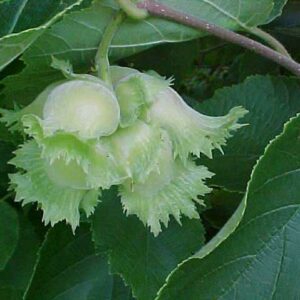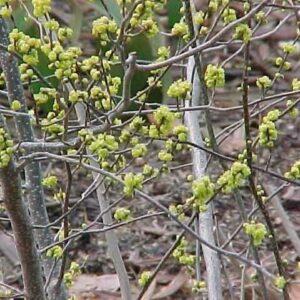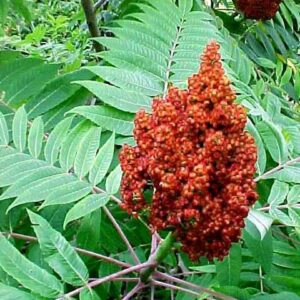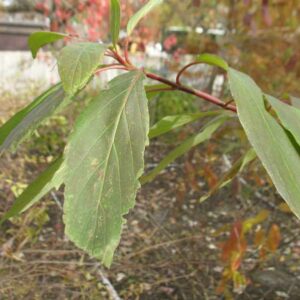Description
Type: Deciduous shrub
Family: Cornaceae
Height:6-15 feet
Spread: 6-15 feet
Native Range: Eastern North America
Ideal Site Requirements:
Soil: average, but tolerant of wide range of soils
Water: medium to wet
Sunlight needs: Full sun to part shade
Tolerates: wet soils
Landscape use: Best in areas where it can naturalize, but can be used along property lines and as an informal hedge or shrubby border.
Brief Description: Ornamental features are minimal. Common thicket forming shrub, small flowers give way to white fruits, common name refers to leaves that are rough above and downy below.
Wildlife Benefits: Fruit is attractive to birds
Possible Problems: This native species is well-adapted to Missouri and has no serious insect or disease problems here. Some susceptibility to leaf spot, twig and leaf blights and canker. Scale, leaf miner and borers are occasional insect pests.
Stand out Features: White fruits and red, brown twigs, variable fall colors
Read more here.
Additional information
| Common Name | roughleaf dogwood |
|---|---|
| Scientific Name | Cornus drummondii |
| Native Range | Eastern to central North America |
| Zone | 5 to 8 |
| Height | 6.00 to 15.00 feet |
| Spread | 6.00 to 15.00 feet |
| Bloom Time | May to June |
| Bloom Description | Yellowish-white |
| Sun | Full sun to part shade |
| Water | Medium to wet |
| Maintenance | Medium |
| Tolerate | Deer |





